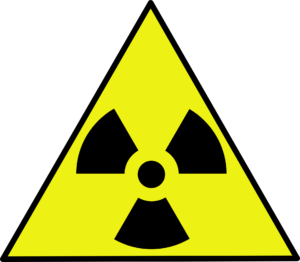APPLICATIONS OF TECHNOLOGY:
- Online and offline free-moving gamma-ray imaging
- 2D gamma-ray imaging
- Nuclear security and safeguards for radiological search and material accountancy
- Emergency response, environmental remediation, and nuclear security for mapping the distribution of radiological materials in contaminated environments
- Occlusion/masked systems
- Compton imaging capable systems
BENEFITS:
- This software enables two state-of-the-art capabilities: quantitative reconstruction of radiological point sources and quantitative reconstruction of distributed radiological sources.
- Existing detector systems (augmented with sensors to provide 3D information) can be used with this software to perform quantitative gamma-ray imaging of point and distributed sources quantitatively.
BACKGROUND:
Performing qualitative and quantitative gamma-ray imaging analyses is both challenging and critical for nuclear and radiological detection in contaminated environments. The ability to quantitatively perform such analyses (with uncertainty estimation) has not been possible up to now.
TECHNOLOGY OVERVIEW:
Scientists at Berkeley lab have developed a Python package called Multimodal Free-moving Data Fusion (MFDF) that implements low and high-level functionality for performing qualitative and quantitative gamma-ray imaging analyses. Such analyses enable the use of gamma-ray spectrometers and/or imagers to estimate the distribution and quantity of radiological materials in an environment.
The package includes the Maximum Likelihood Estimation Method (MLEM) and Maximum a Posteriori (MAP) for distributed source reconstruction, Point Source Likelihood (PSL) method for point source reconstruction, the ability to ingest and utilize quantitative detector response functions for absolute analyses, and the ability to perform 3D estimation of dose-rates from quantitative reconstructions.
Free moving 3D imaging requires additional information about the 3D trajectory and orientation of the system, however all of these methods can be applied to 2D static gamma-ray imaging as well. MFDF is used for online (near real-time) and offline free-moving gamma-ray imaging as well as 2D (static) gamma-ray imaging. The high level tooling is achieved with the use of the other radkit packages while the low level algorithms operate on NumPy objects. The lowest level implementations are predominantly OpenCL (Open Computing Language), enabling GPU-acceleration of many of these methods. These capabilities are implemented for occlusion/masked systems as well as compton imaging capable systems.
DEVELOPMENT STAGE: The free-moving point and distributed source capabilities are quite mature. High-level functionality requires libraries contained in the LBNL radkit software package, however low-level functionality does not share this dependency. Uncertainty quantification, 2D imaging, and other aspects are still under development.
FOR MORE INFORMATION:
Hellfeld et al. “Free-moving quantitative gamma-ray imaging” (In submission) 2021.
RELATED TECHNOLOGY:
Low Power, High Energy Gamma Ray Detector Calibration Device IB-2164
PRINCIPAL INVESTIGATORS:
Tenzing Joshi
Alex Moran
Marco Salathe
Reynold Cooper
Brian Quiter
Jayson Vavrek
Mark Bandstra
Joseph Curtis
Daniel Hellfeld
OPPORTUNITIES: Available for licensing or collaborative research.
